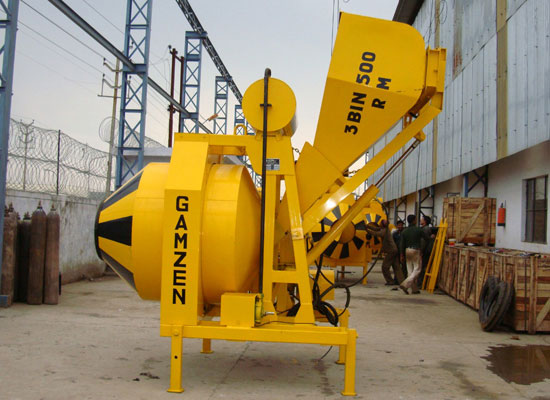Concrete batching plants play a pivotal role in the construction industry, silently working behind the scenes to produce the foundation of our infrastructure. While many blogs touch upon the basics of these plants, this article aims to shed light on lesser-known aspects, providing a comprehensive understanding of their significance, innovations, and environmental impact.
Understanding Concrete Batching Plants
Concrete batching plants are facilities that combine various ingredients to produce concrete, which is used in construction projects. The primary components include cement, water, aggregates (sand, gravel, or crushed stone), and additives. The process involves precise measurement and mixing to ensure the creation of high-quality concrete.
Innovation in Concrete Batching Technology
As technology continues to advance, so does the concrete batching industry. One noteworthy innovation is the integration of automation and artificial intelligence (AI). Modern batching plants utilize sophisticated control systems that optimize the mixing process, resulting in improved efficiency and consistency.
According to a report by MarketsandMarkets, the global concrete batching plant market is expected to witness substantial growth, driven by the increasing demand for construction activities worldwide. The adoption of advanced technologies is a key factor contributing to this growth, enhancing the speed and precision of concrete production.
Environmental Considerations
While the production of concrete is essential for construction, it is crucial to address the environmental impact associated with concrete batching plants. Traditional plants may contribute to air and noise pollution, leading to concerns about their sustainability.
To mitigate these issues, researchers are exploring eco-friendly alternatives. One such innovation is the development of mobile concrete batching plants. These compact, transportable units offer flexibility in location, reducing the need for extensive transportation of raw materials. This not only minimizes the environmental footprint but also makes concrete production more economical.
Moreover, advancements in recycling technology are making their way into the concrete industry. Researchers are exploring ways to incorporate recycled aggregates and supplementary cementitious materials in concrete production. This not only conserves natural resources but also reduces the carbon footprint associated with concrete manufacturing.
Global Impact and Regional Variances
Concrete batching plant statistics vary across regions, influenced by local construction trends, economic factors, and government policies. According to the World Construction Aggregates Study by The Freedonia Group, the Asia-Pacific region is expected to account for the largest share of global construction aggregates demand. This implies a substantial need for concrete, subsequently boosting the demand for batching plants in the region.
It’s noteworthy that while developed countries may have well-established regulations and environmental standards for concrete production, emerging economies may face challenges in implementing and enforcing such measures.
Conclusion
Concrete batching plants are the unsung heroes of the construction industry, playing a pivotal role in shaping our infrastructure. Understanding the nuances of their operation, embracing technological advancements, and addressing environmental concerns are crucial steps towards a sustainable and efficient future for concrete production.
As we witness the continued evolution of concrete batching technology, it becomes evident that the industry is not only contributing to the growth of economies but is also adapting to meet the demands of a changing world. By focusing on innovation and sustainability, concrete batching plants are poised to play a central role in the construction landscape of tomorrow.

